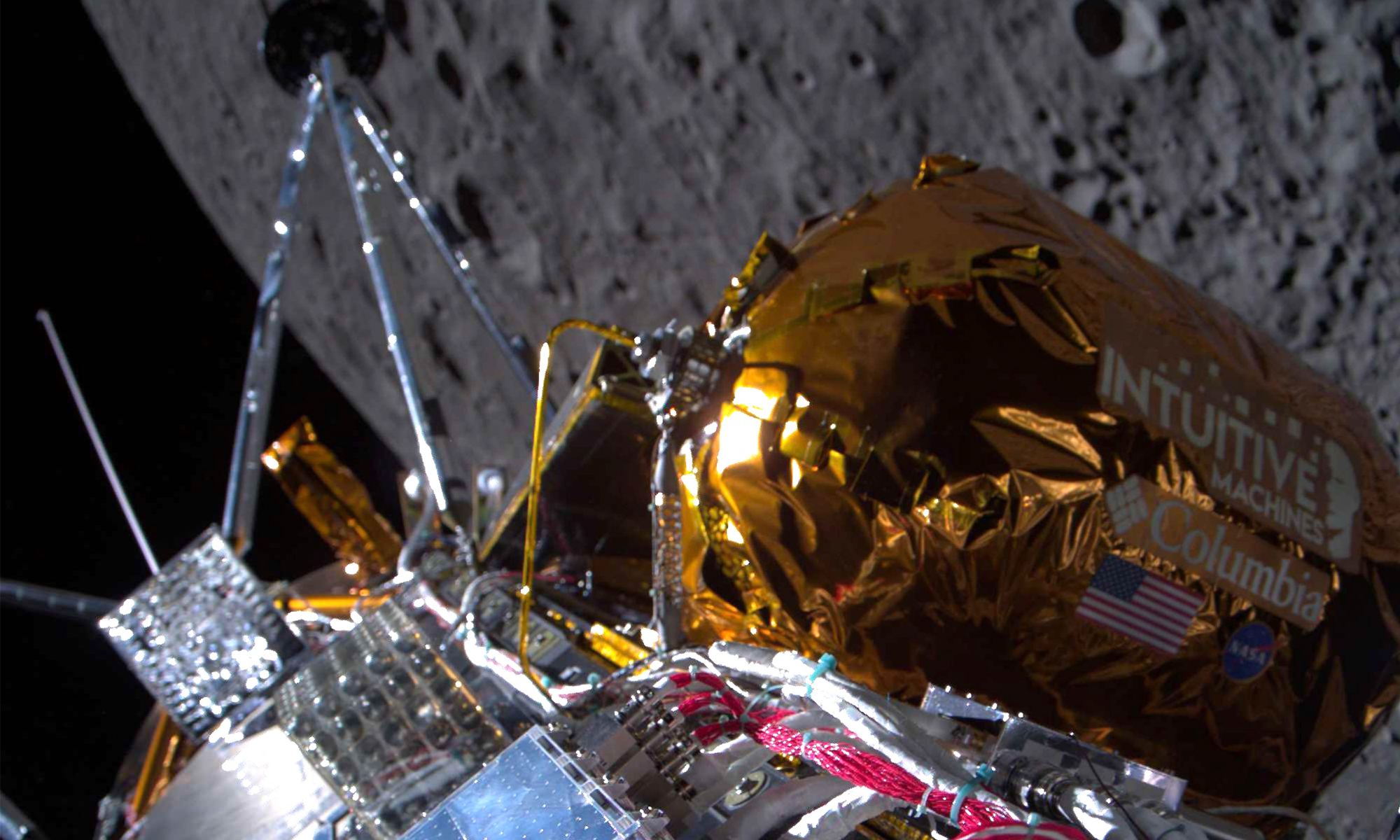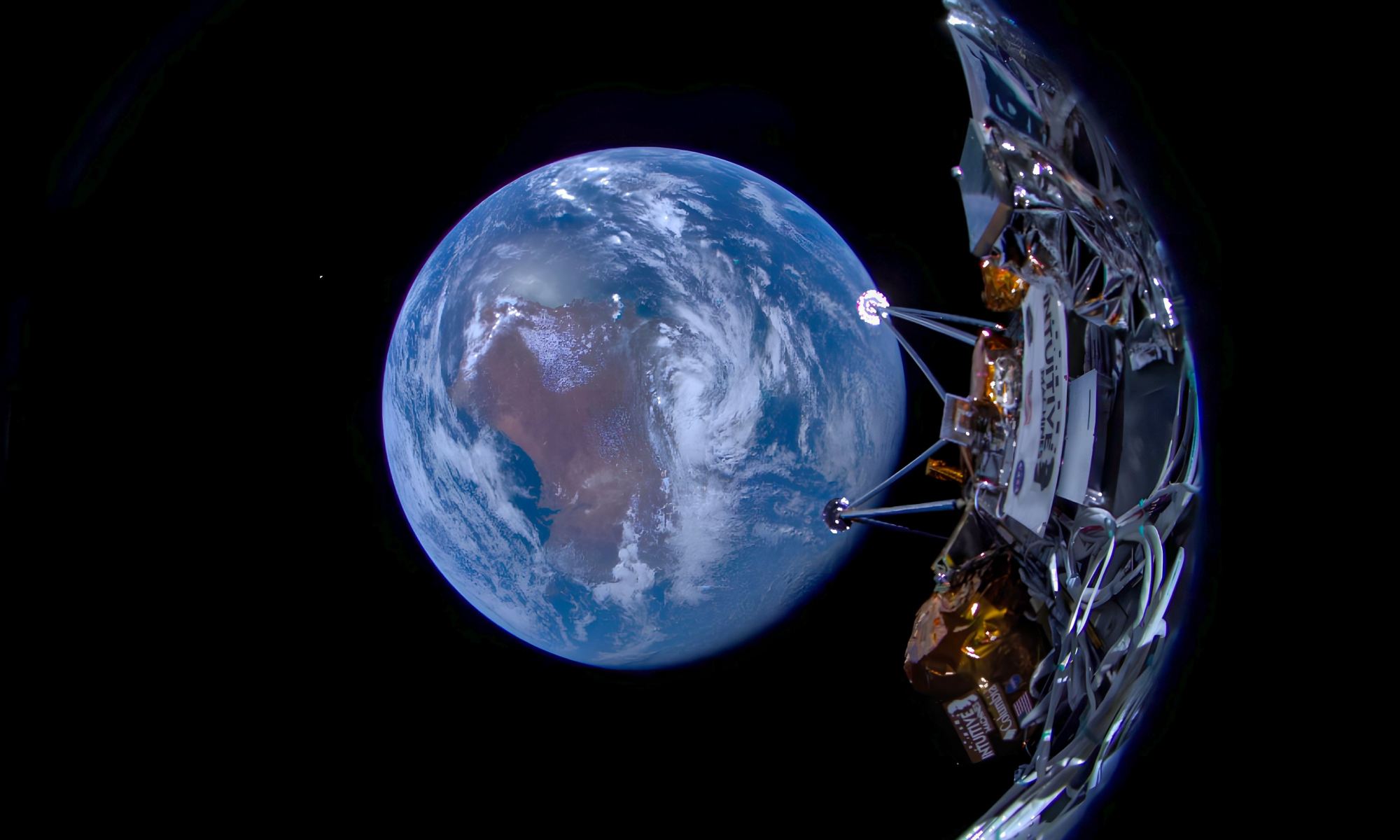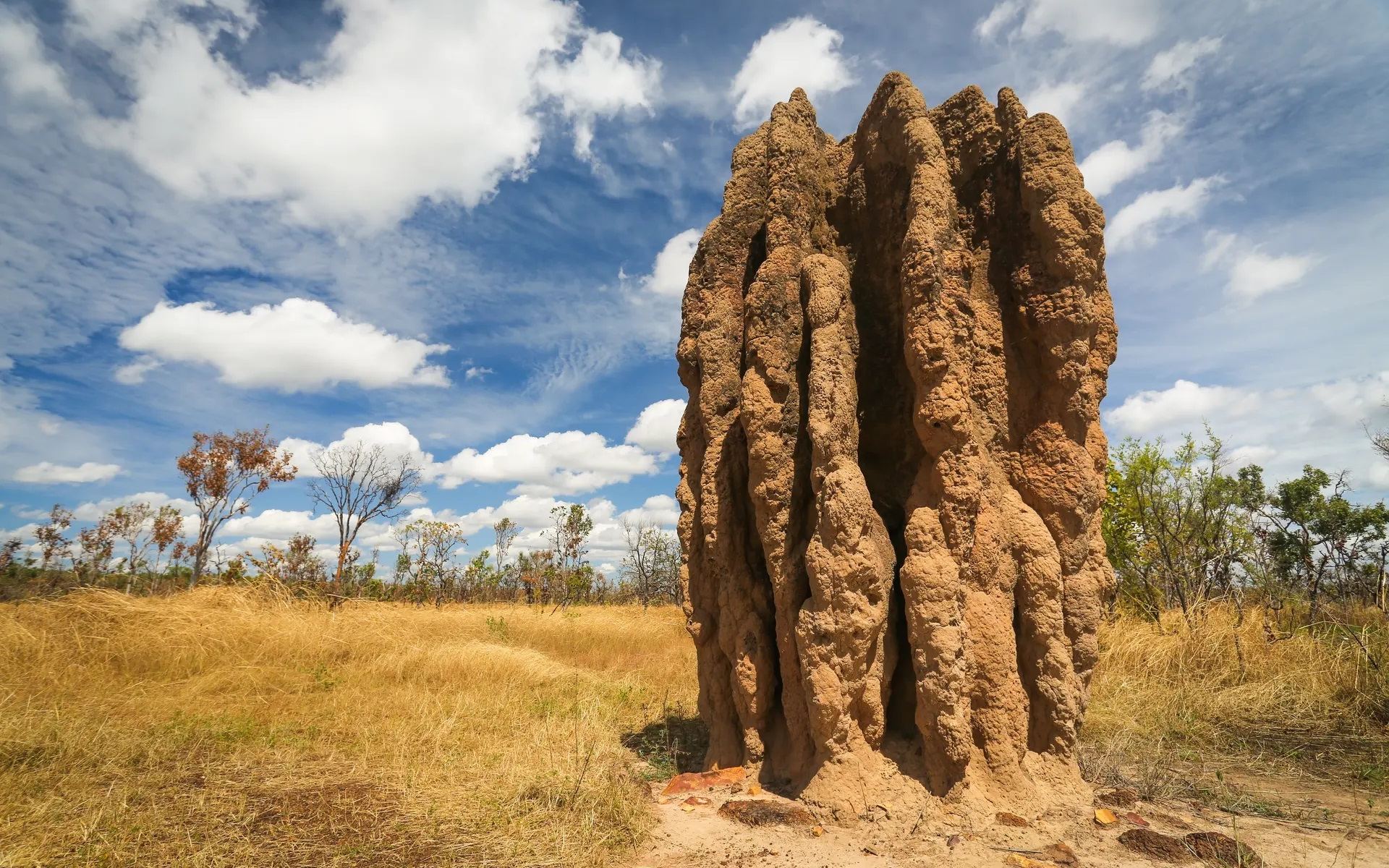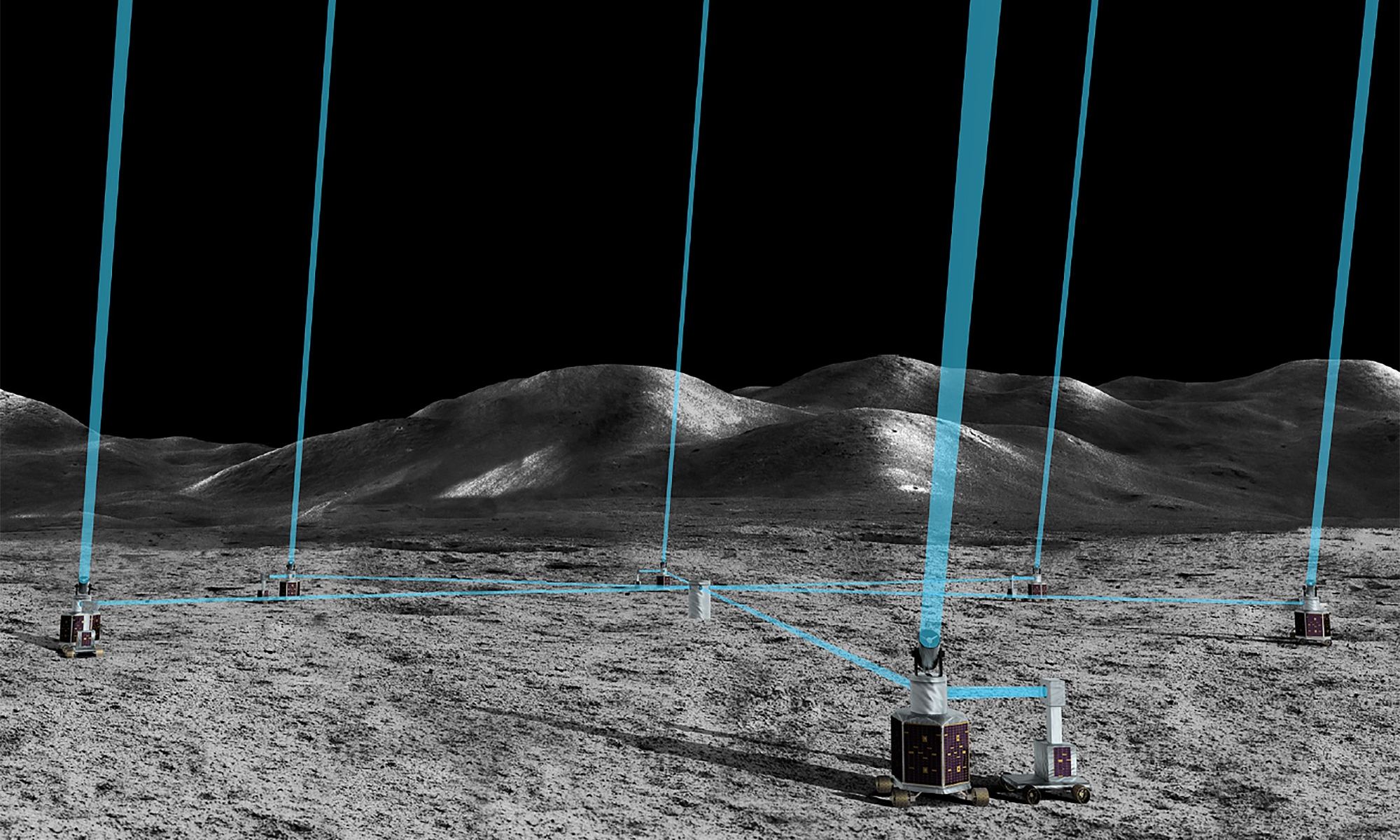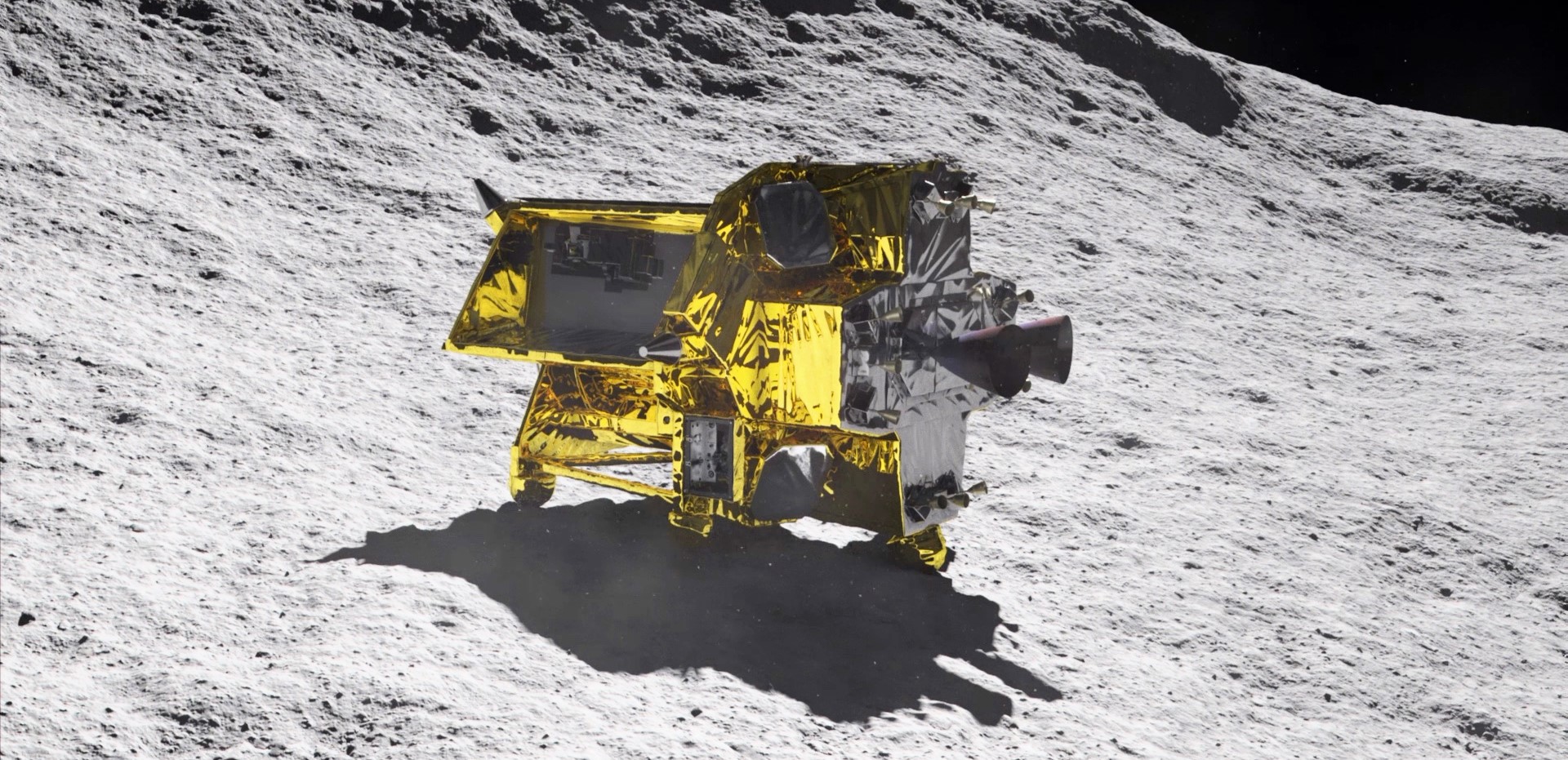Intuitive Machines‘ Odysseus lander made space history today — becoming the first commercial spacecraft to survive a descent to the moon, and the first U.S.-built spacecraft to do so since the Apollo 17 mission in 1972. But it wasn’t a trouble-free landing.
Ground controllers had a hard time establishing contact with the robotic lander just after the scheduled touchdown time of 6:23 p.m. ET (2323 UTC). Several minutes passed, and then Intuitive Machines mission director Tim Crain reported that there was a faint signal coming from Odysseus’ high-gain antenna.
“We’re not dead yet,” he said.
Continue reading “Intuitive Machines’ Odysseus Lander Sends Faint Signal From the Moon”
